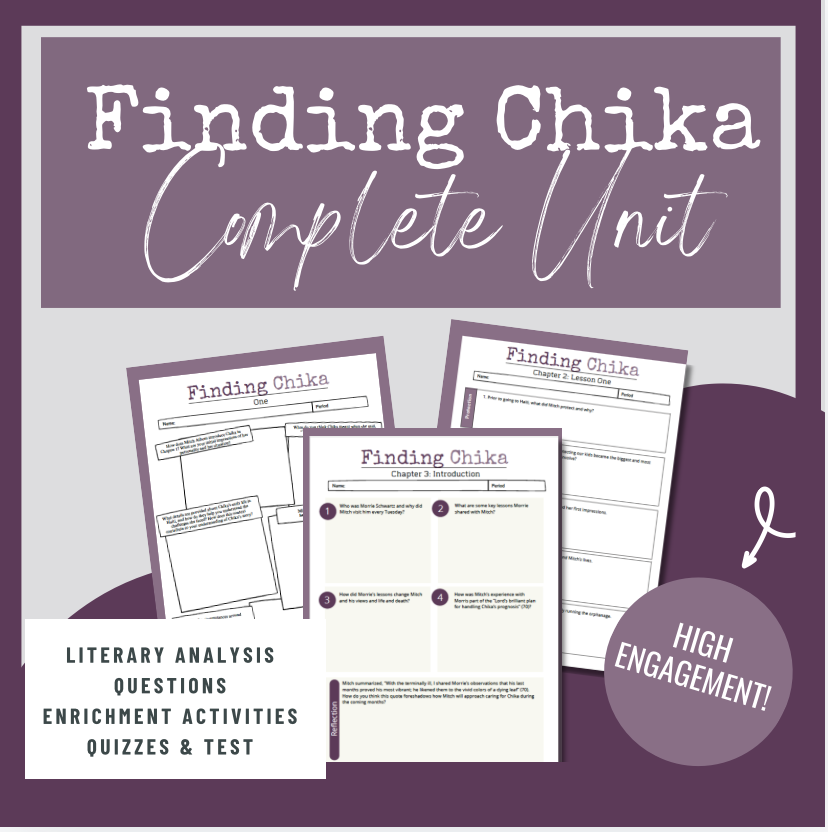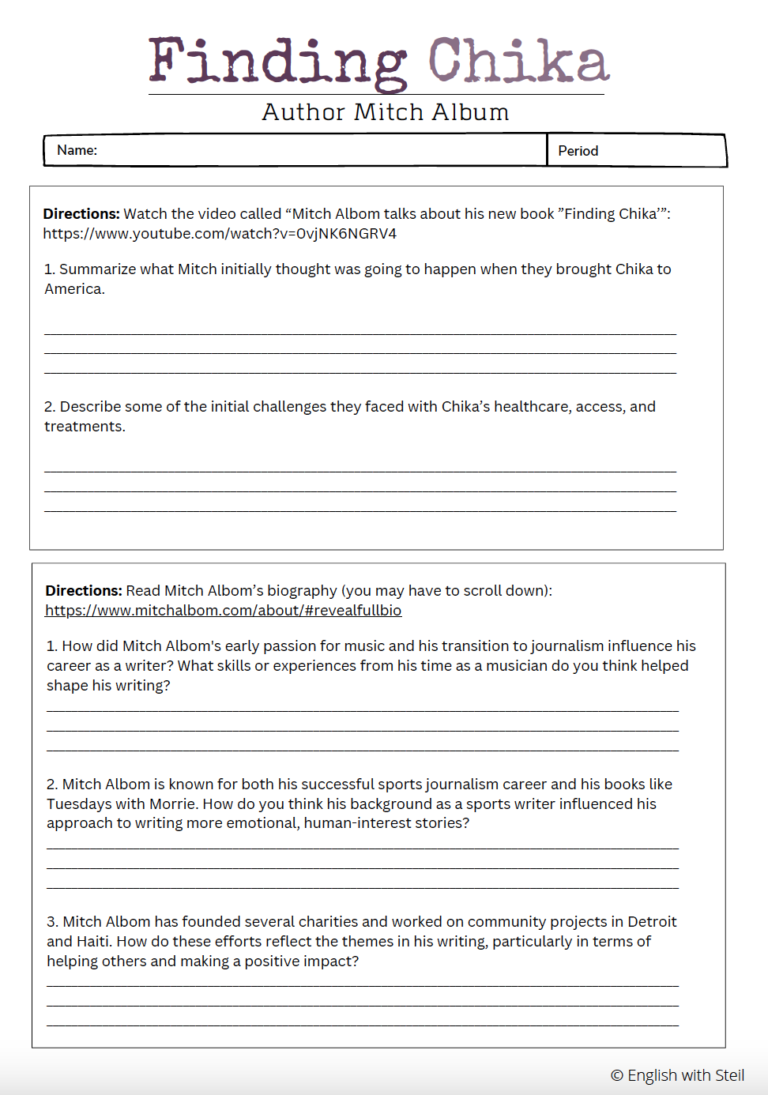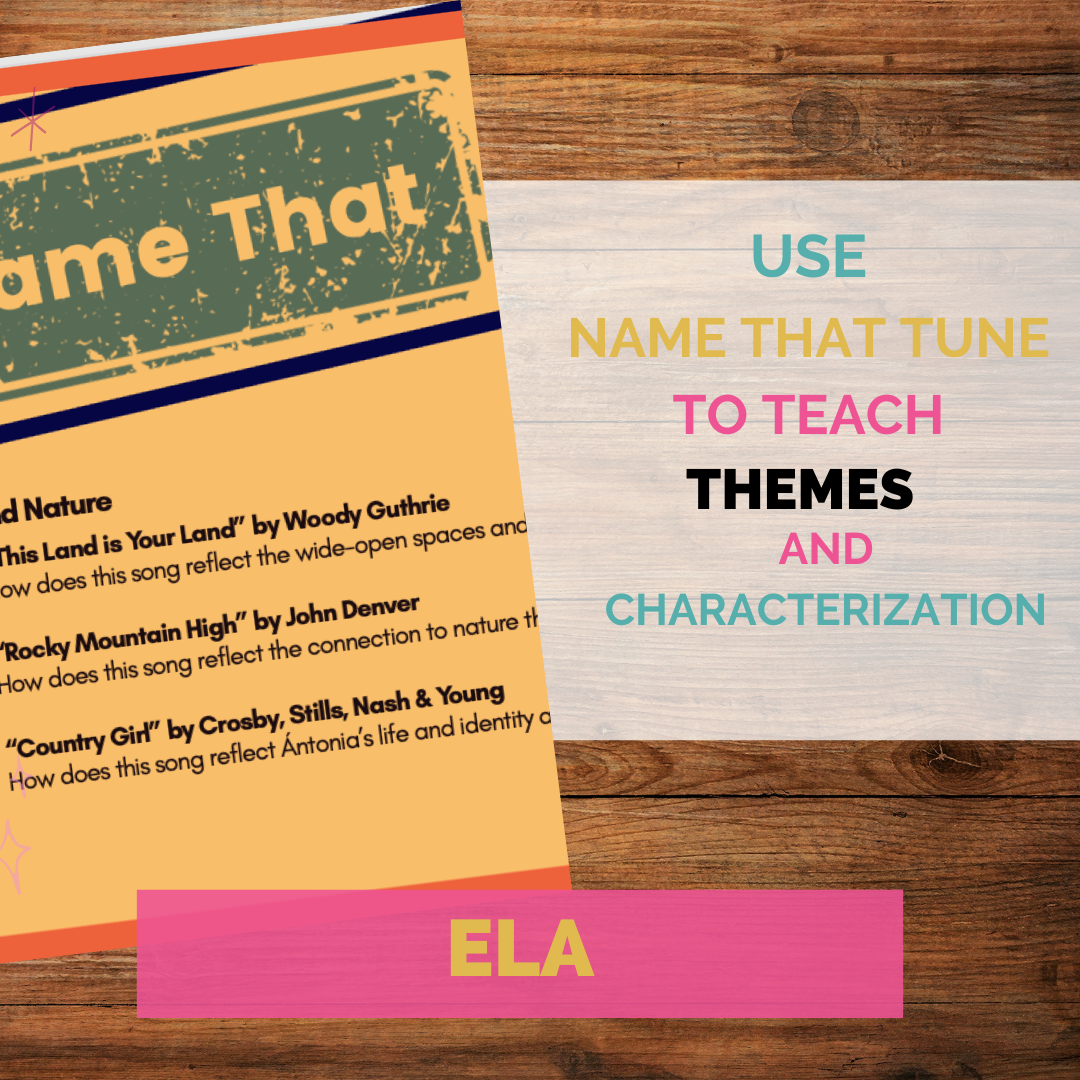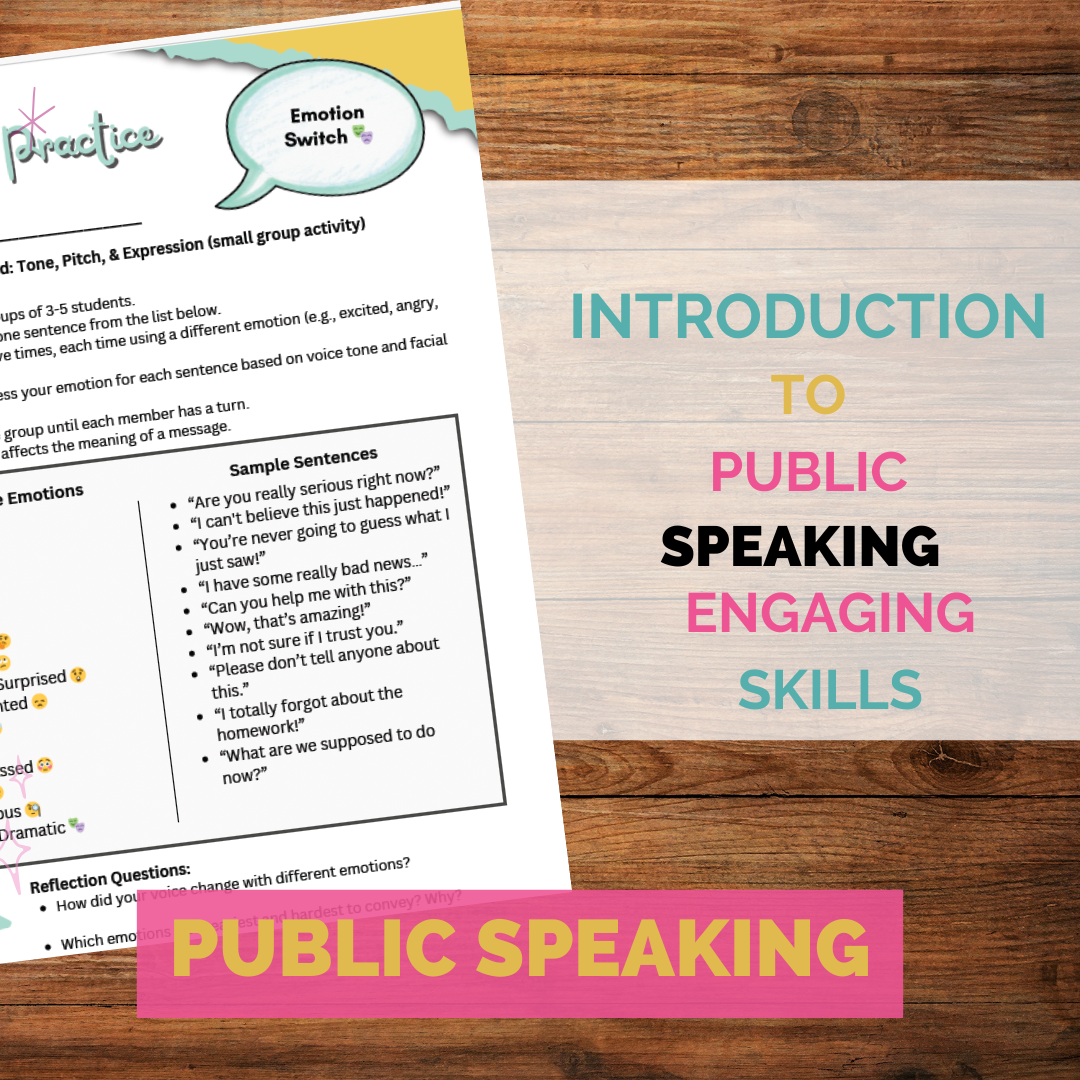As educators, we are always seeking stories that not only engage students but also offer life lessons that resonate deeply. Mitch Albom’s Finding Chika is one such book—an emotionally rich memoir that chronicles the journey of a young Haitian girl and the bond she forms with her adoptive family. Albom’s heartfelt narrative touches on universal themes such as love, family, hope, and loss, all while illustrating the power of human connection.
In an era where students are constantly exposed to fleeting, surface-level information, the value of teaching nonfiction has never been more important. Memoirs like Finding Chika provide students with a real-world lens through which they can explore significant issues like illness, poverty, and resilience. This is not just a story of survival, but a story of how love and care can extend the boundaries of what we consider family. For teachers looking to engage students in meaningful discussions, develop empathy, and foster critical thinking, Finding Chika offers countless opportunities.
The Value of Teaching Nonfiction
Incorporating nonfiction into the curriculum is a crucial tool for broadening students’ understanding of the world. Nonfiction works like Finding Chika offer a reality-based context for discussions about the human condition, cultural diversity, and ethical dilemmas. Students learn to grapple with real issues in society, from global crises like poverty and natural disasters to personal challenges such as illness and loss.
Nonfiction teaches students that stories are not confined to fiction. The lessons and experiences found in real-life narratives are often even more profound. It enhances students’ abilities to analyze, research, and connect with content that affects them directly or indirectly. In a memoir like Finding Chika, students are not just passive observers—they become invested in the characters and their journey, often seeing reflections of their own lives and struggles.
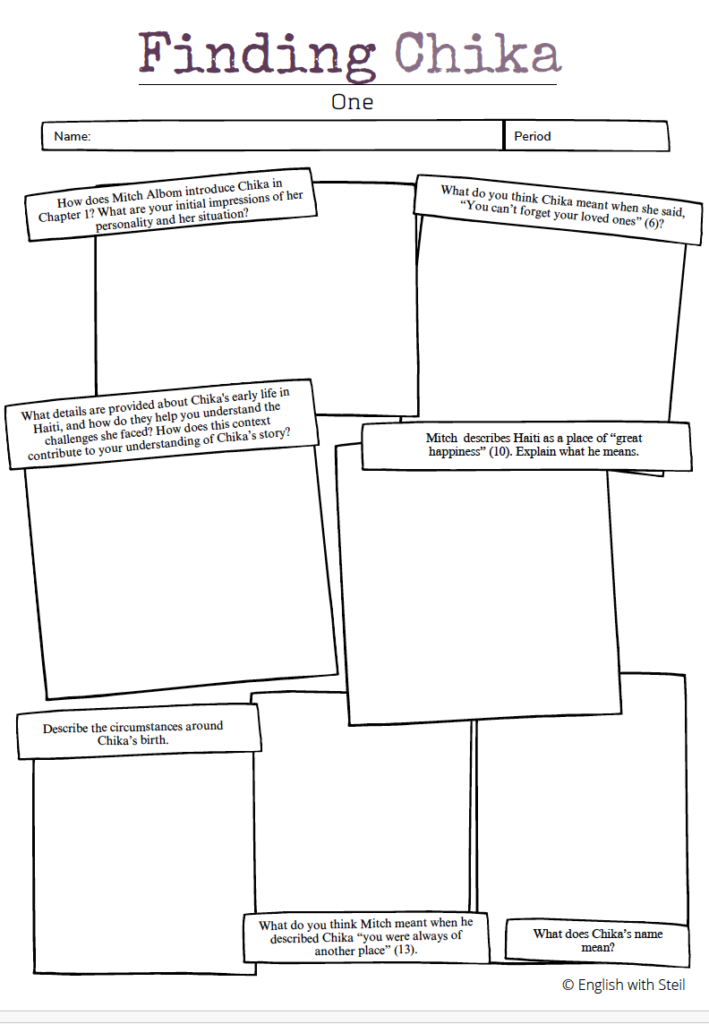
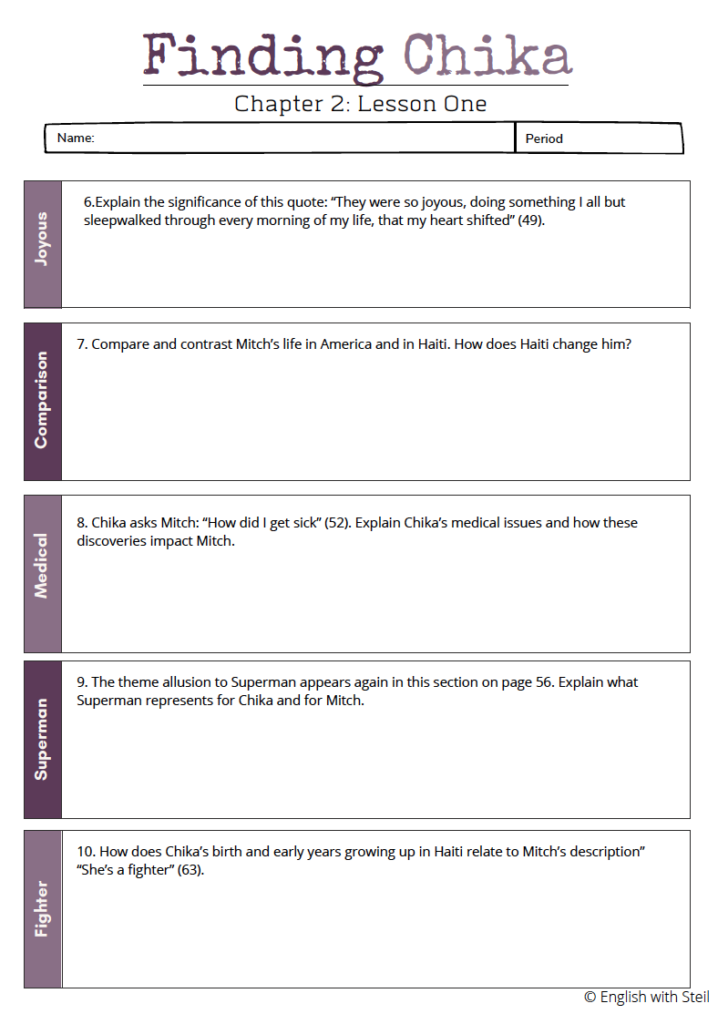
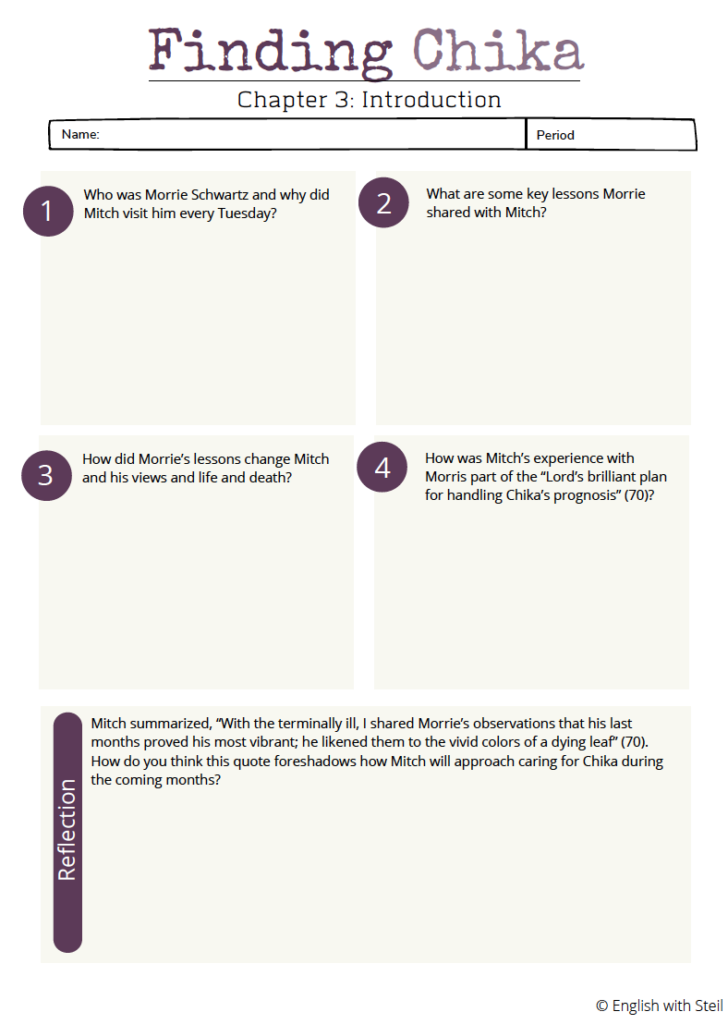
Important Themes in Finding Chika
Family and Love: One of the central themes of Finding Chika is the redefinition of family. Albom’s bond with Chika, though not biological, exemplifies how love and care create family connections that go beyond blood relations. This is a powerful message for students about the different forms love and family can take.
Resilience and Hope: Despite Chika’s illness, her story is one of remarkable resilience. Mitch and his wife’s determination to provide Chika with the best care mirrors the ways in which we can face adversity with hope and compassion.
Mortality and Acceptance: Finding Chika explores the fragility of life and the importance of living fully, even in the face of terminal illness. Albom learns, through Chika and his mentor Morrie, that embracing the time we have with our loved ones is crucial to finding meaning.
Investigative Journalism Connections
Although Finding Chika is a memoir, its themes can be linked to the practice of investigative journalism. This connection provides teachers with an opportunity to explore deeper themes around truth-seeking and storytelling. Just as Albom delves into Chika’s life and her medical condition with compassion and curiosity, investigative journalists work to uncover truths and share stories that matter.
One powerful classroom activity could be assigning students to research real-world issues like access to healthcare, orphanages, or post-disaster recovery efforts, much like Albom did when he became involved in the Have Faith Haiti Mission. This approach ties in the nonfiction aspects of the memoir with skills essential to journalism—such as fact-finding, interviewing, and presenting information clearly and thoughtfully.
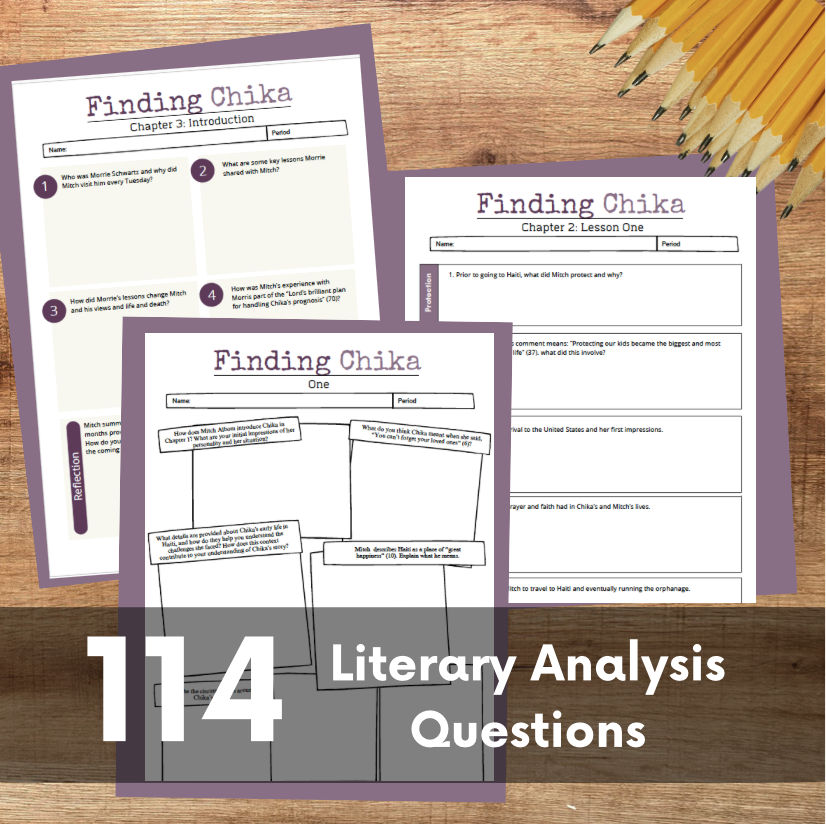
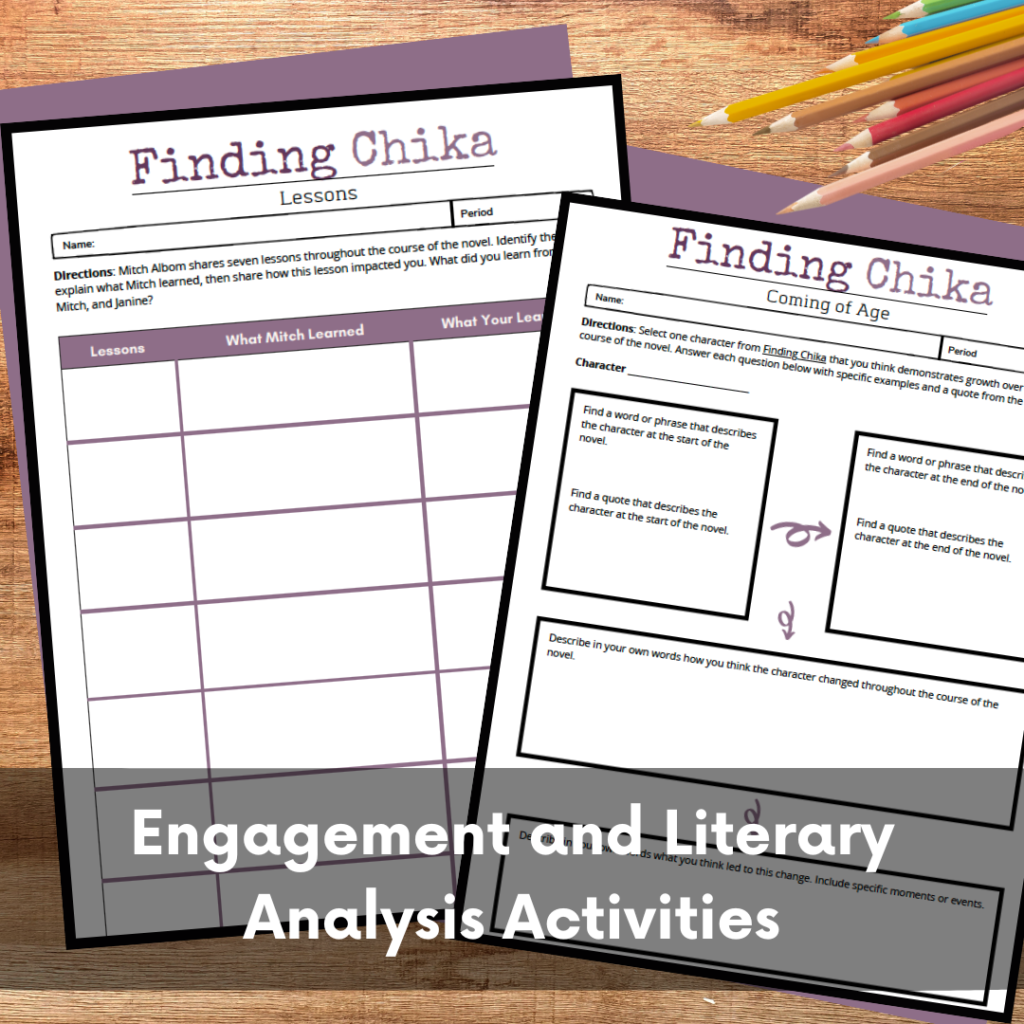
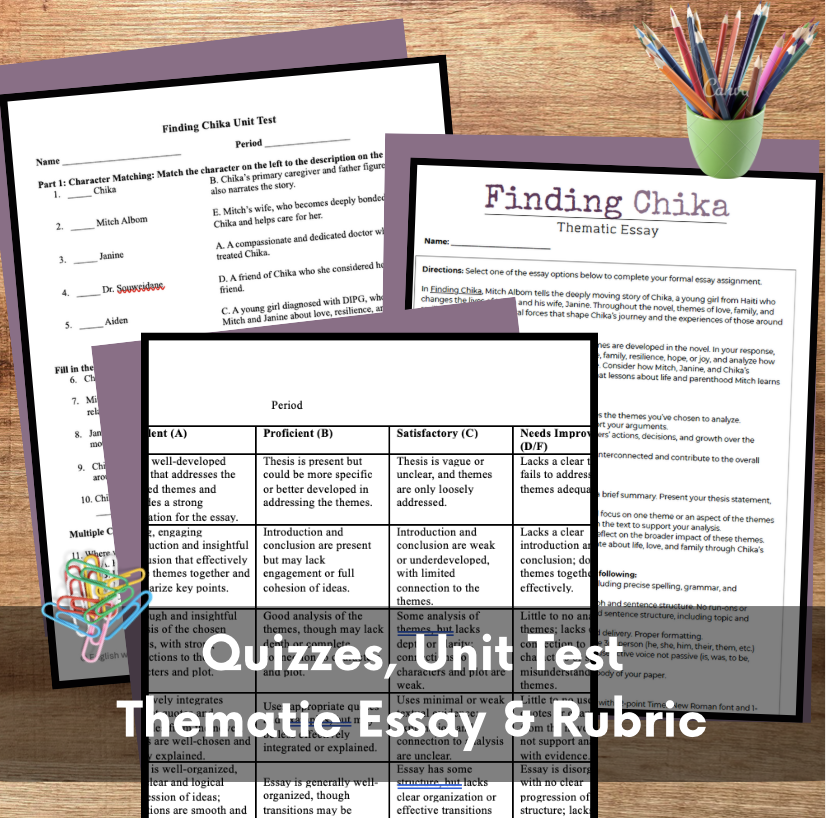
Ideas for Teaching Finding Chika
Theme Analysis: Have students track the themes of family, hope, and mortality throughout the text. Encourage them to connect these themes with their own experiences or current events.
Nonfiction Writing Projects: After reading Finding Chika, assign students a personal narrative or reflective essay where they explore a time they faced adversity or learned a meaningful life lesson. Encourage them to reflect on the broader themes of love and resilience.
Research and Investigative Journalism: Task students with researching one of the topics covered in the book—such as global poverty, orphan care, or healthcare for children with terminal illnesses. They could then write a report or present their findings, drawing connections between their research and the memoir.
Debate and Discussion: Facilitate a classroom discussion on ethical dilemmas such as how far families should go to provide medical care, the ethics of international adoption, or the complexities of healthcare access in impoverished countries. Use passages from the memoir to anchor the discussion.
Creative Expression: Ask students to create a visual or multimedia project that represents one of the major themes in Finding Chika, such as resilience or family. This could be a painting, video, or photo series that expresses the emotions and lessons found in the text.
Final Thoughts
Teaching Finding Chika allows us to introduce students to a touching, real-life story that explores some of the most profound aspects of being human. Through Mitch Albom’s reflections, students can learn about love, loss, and the power of connection. They can also develop empathy and a better understanding of the struggles that others face, making the memoir not only a compelling narrative but also an educational tool for emotional and intellectual growth.
Nonfiction memoirs like Finding Chika offer a way to deepen students’ engagement with the real world, providing a foundation for both personal reflection and academic exploration. It’s a powerful addition to any high school curriculum, encouraging students to think critically and compassionately about the world around them.
